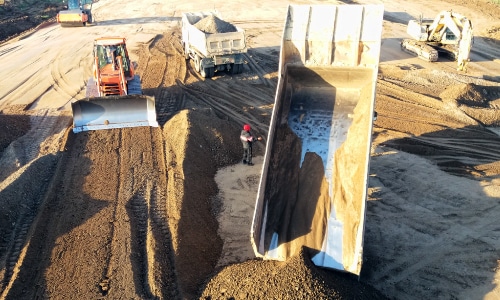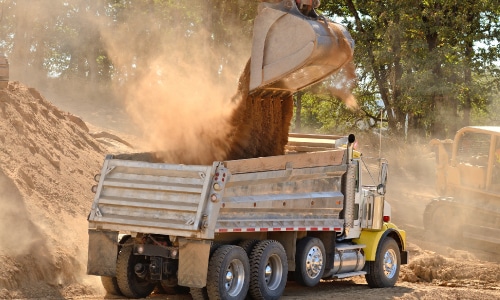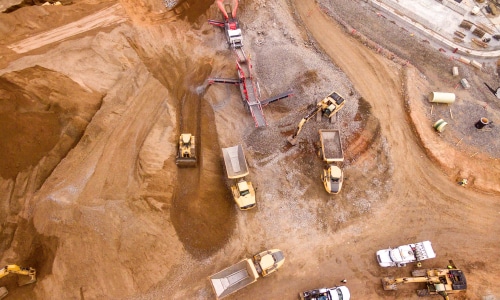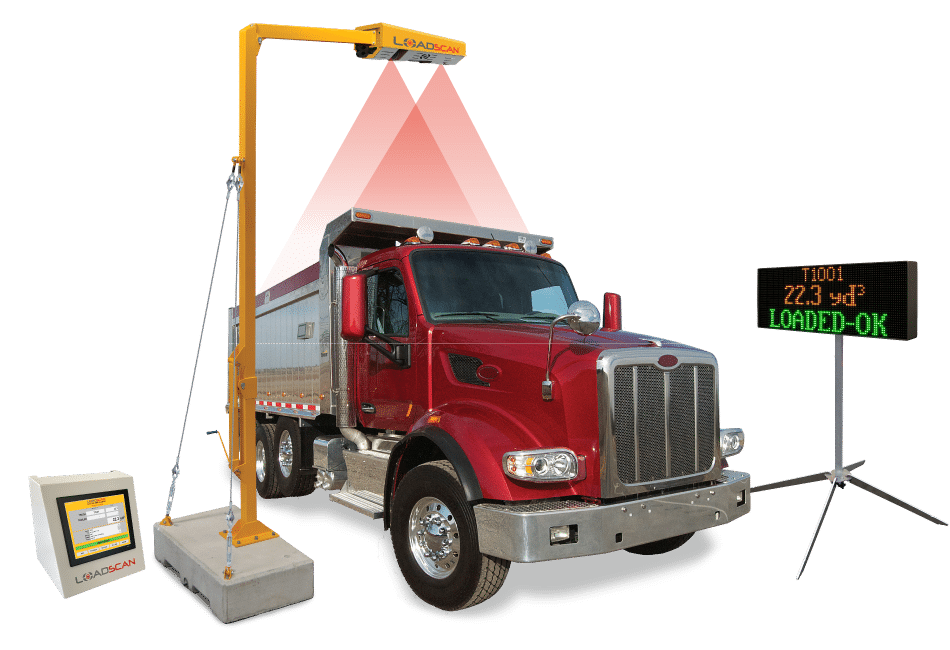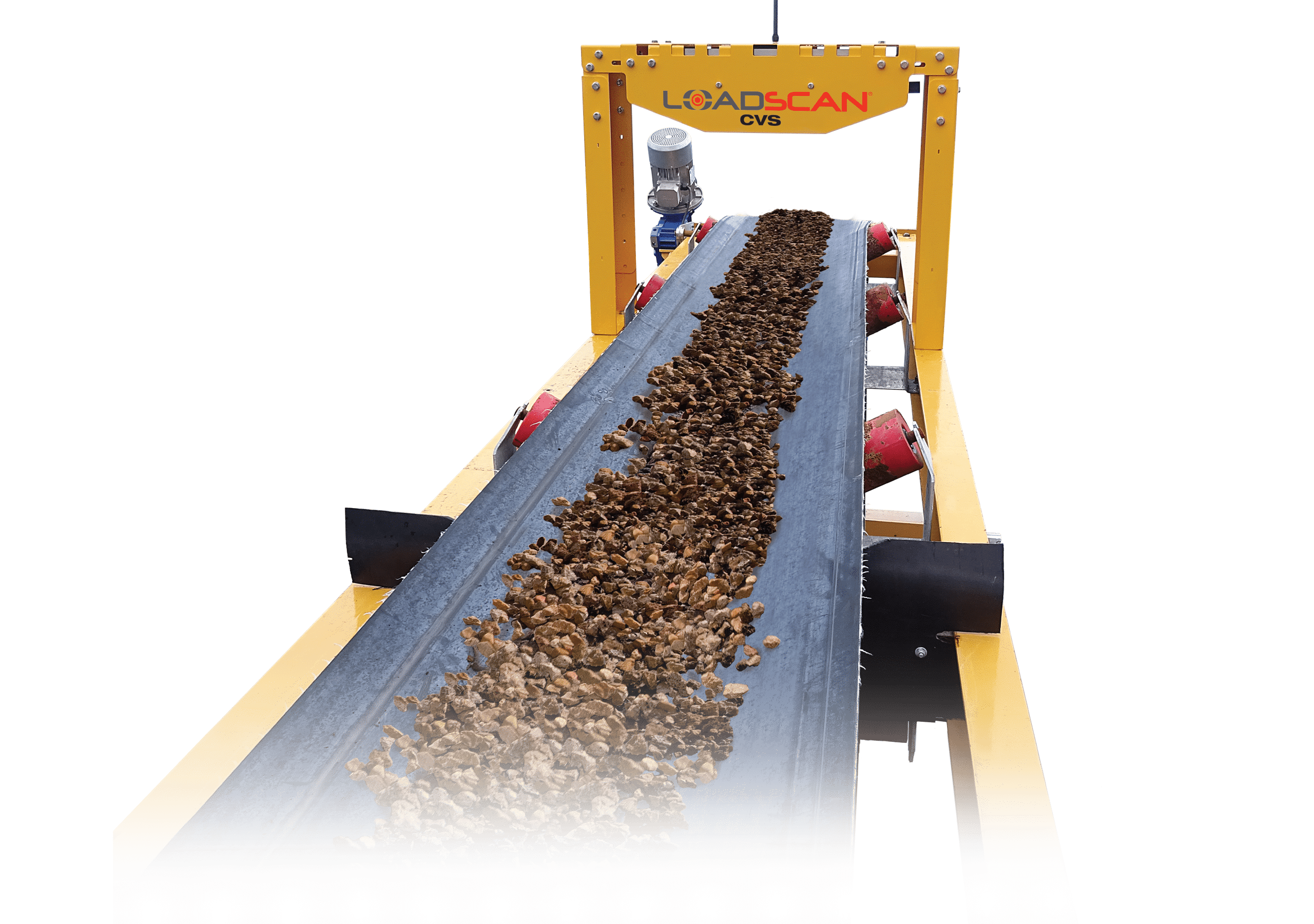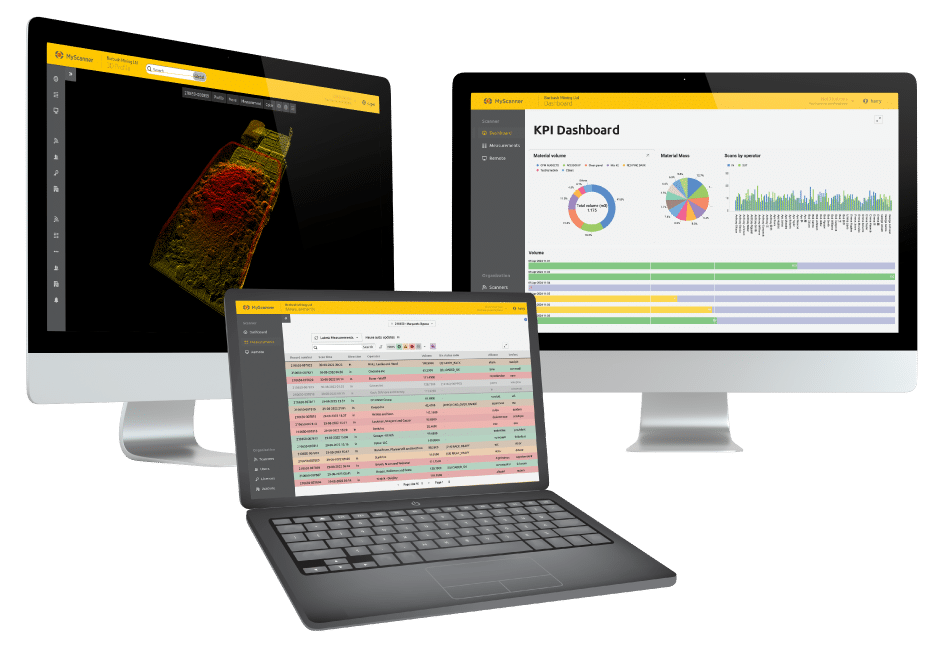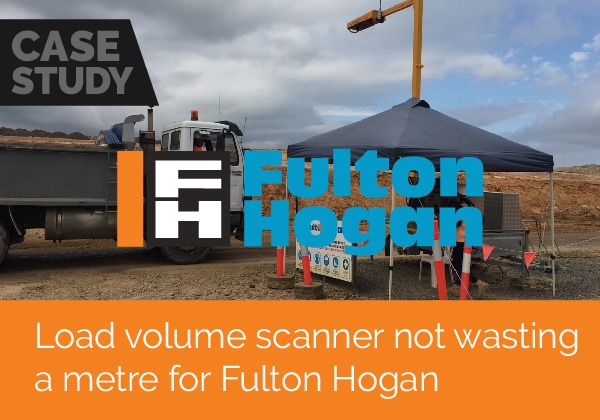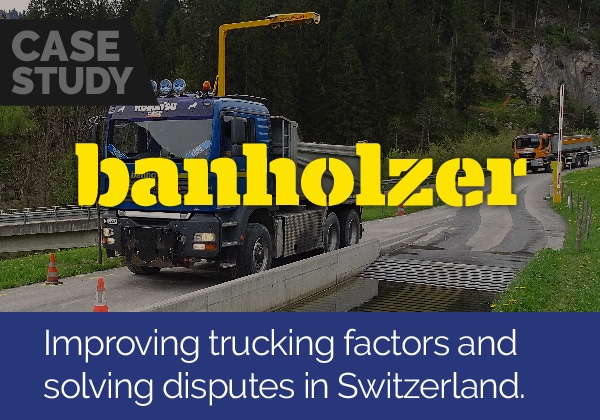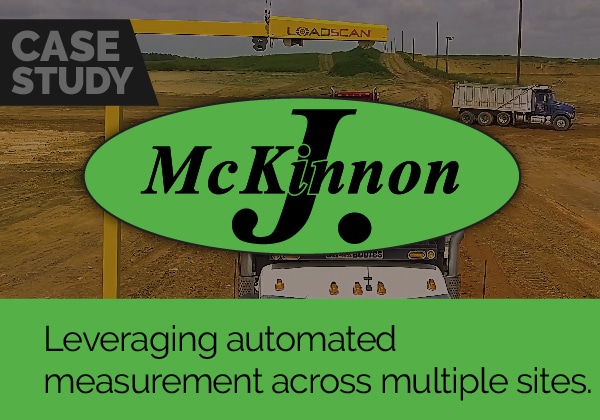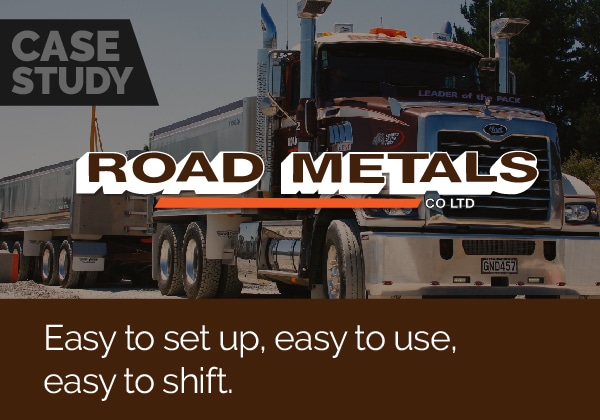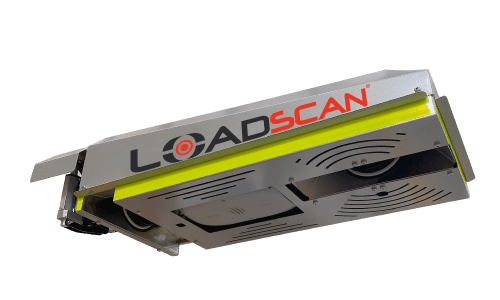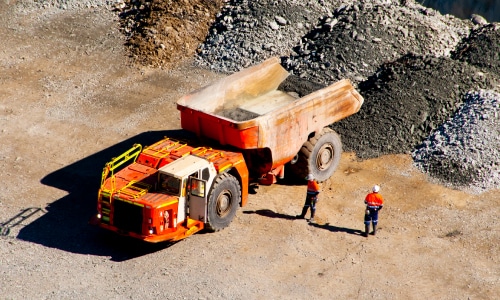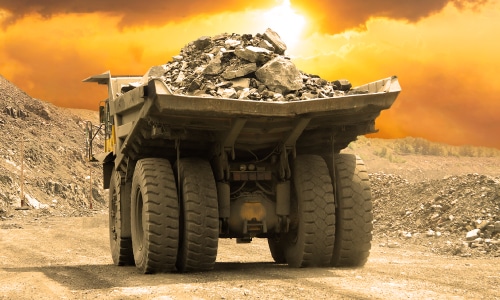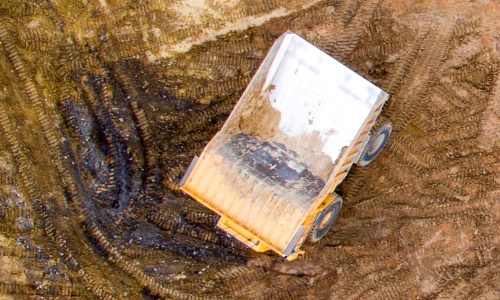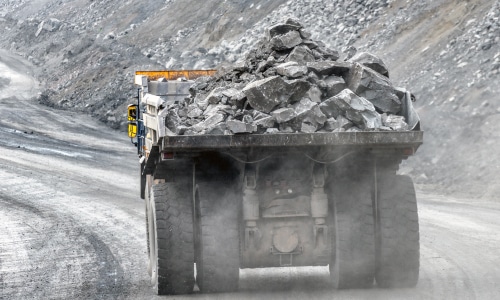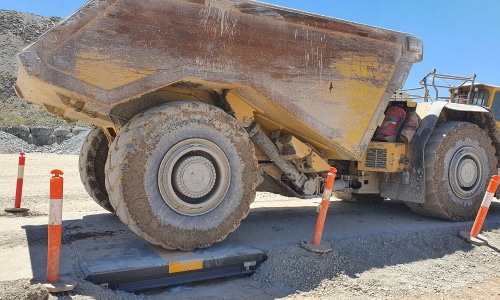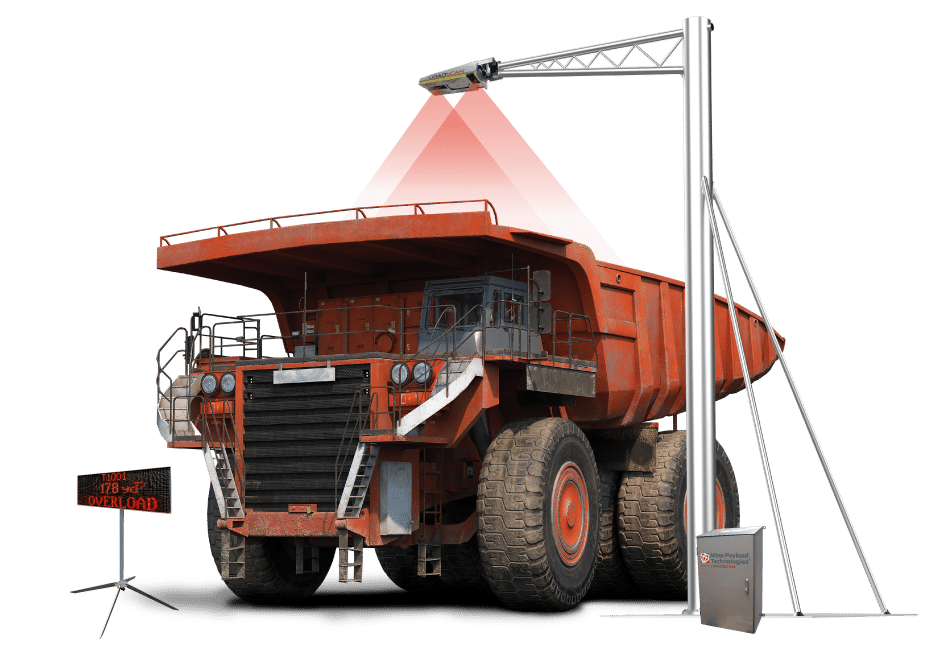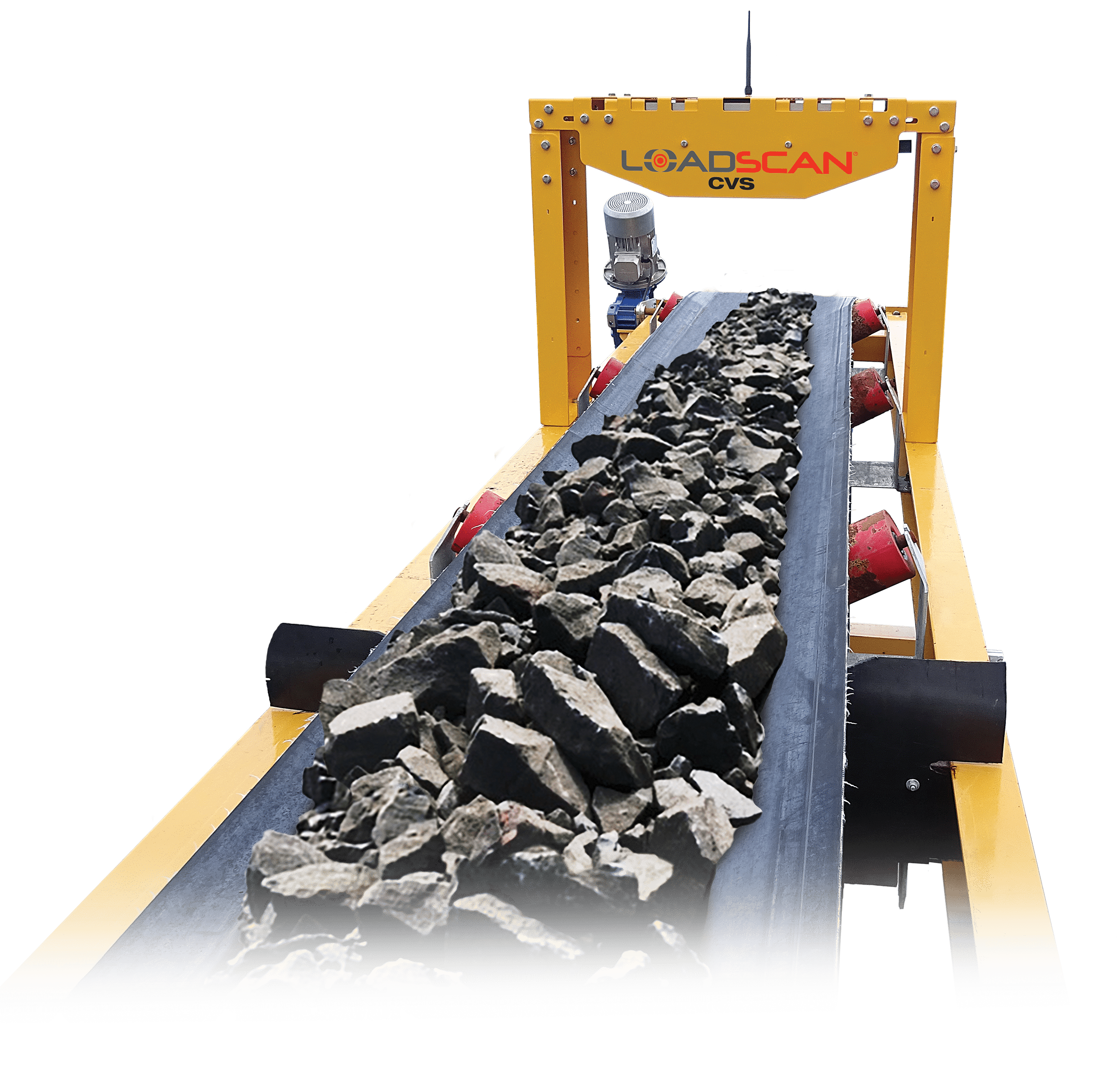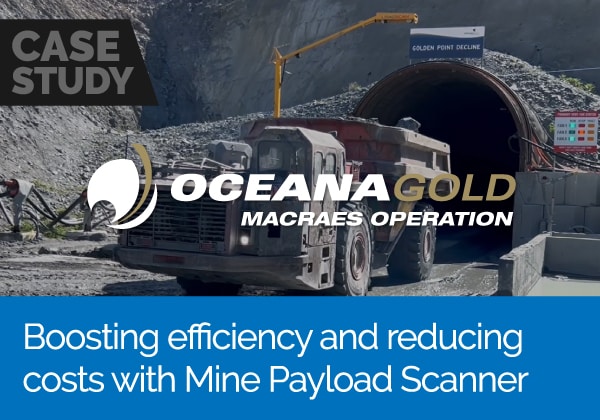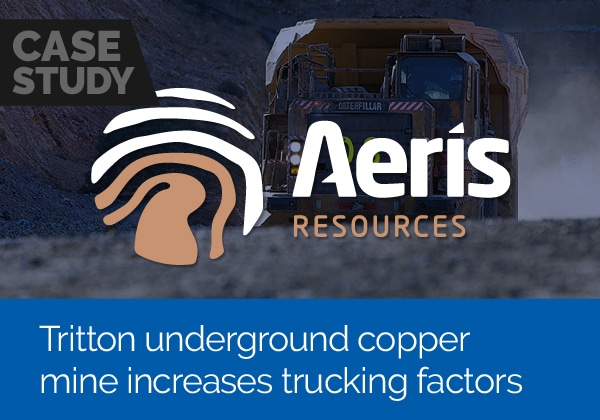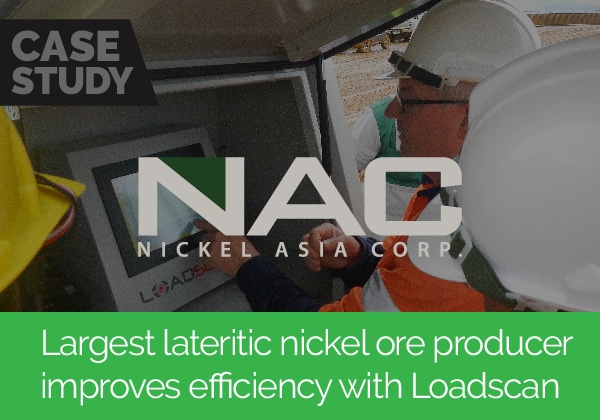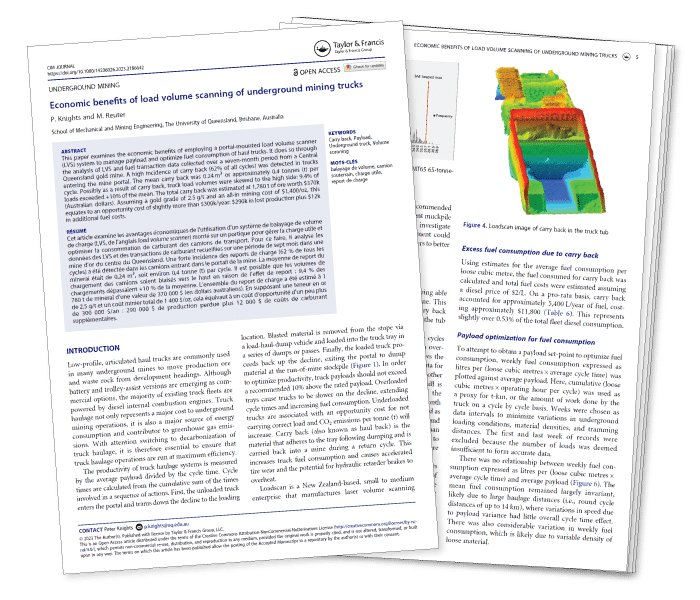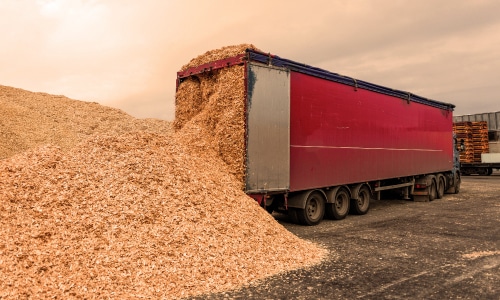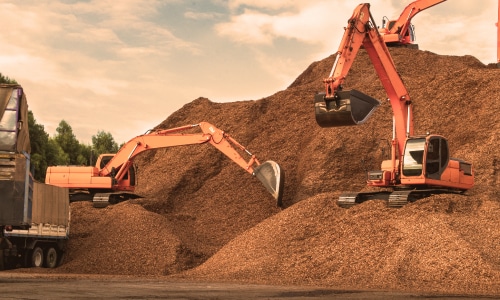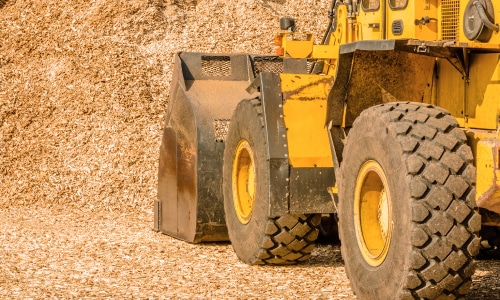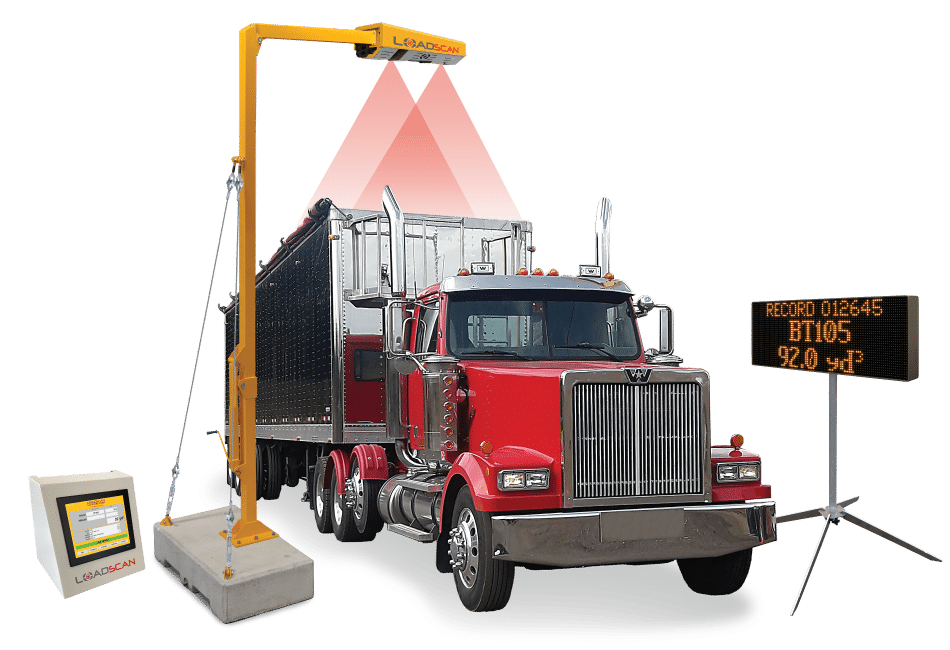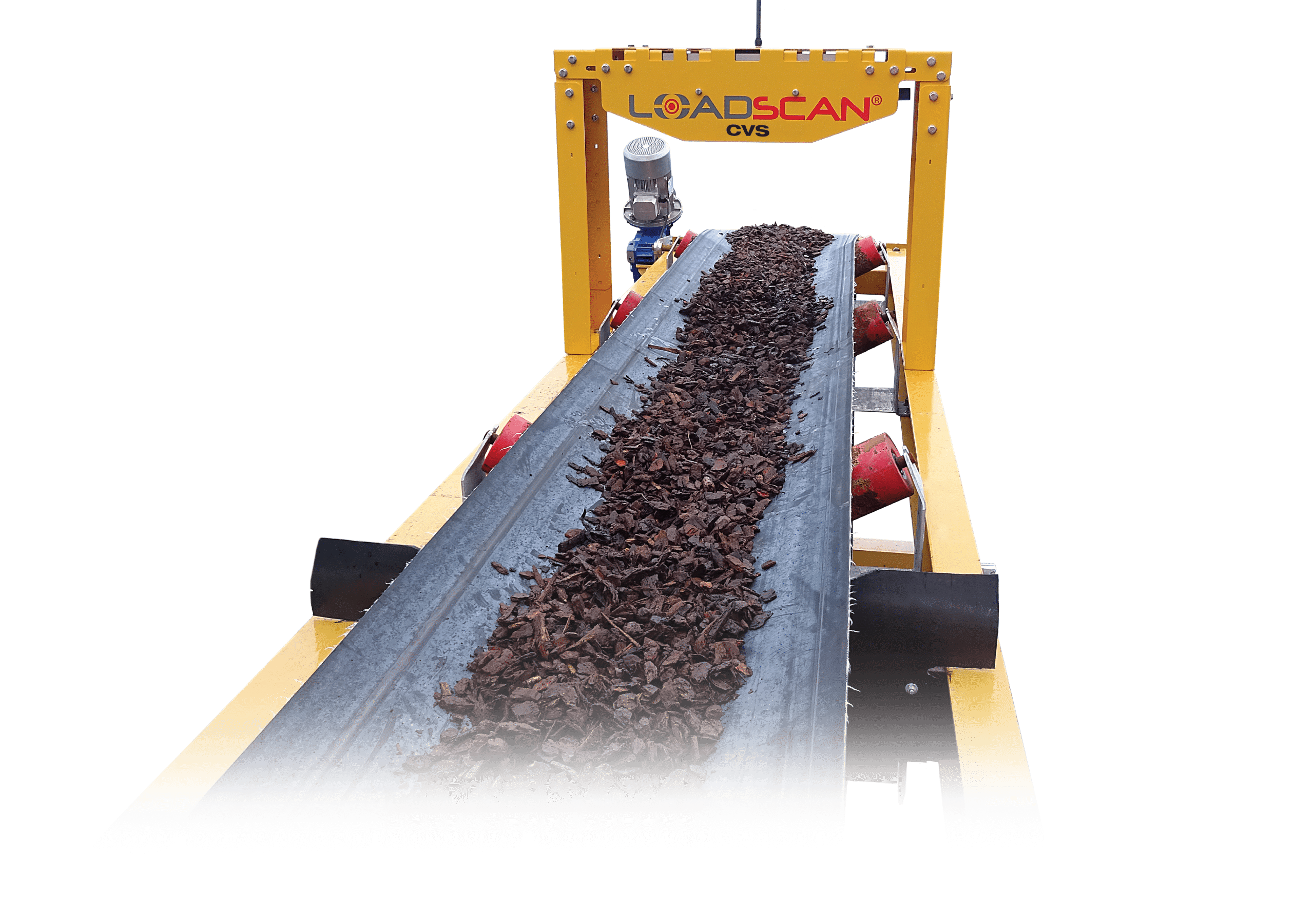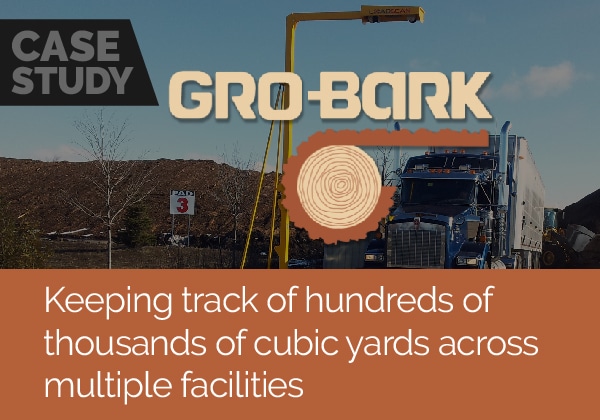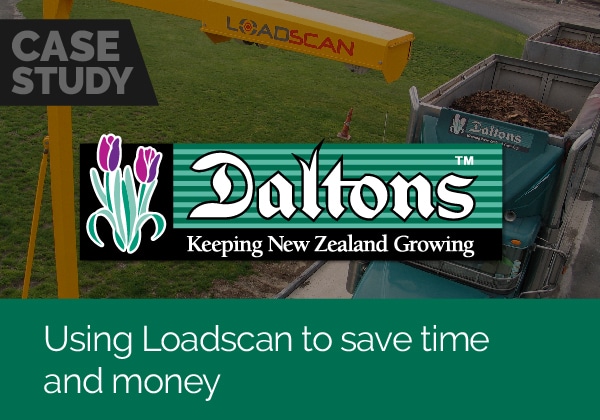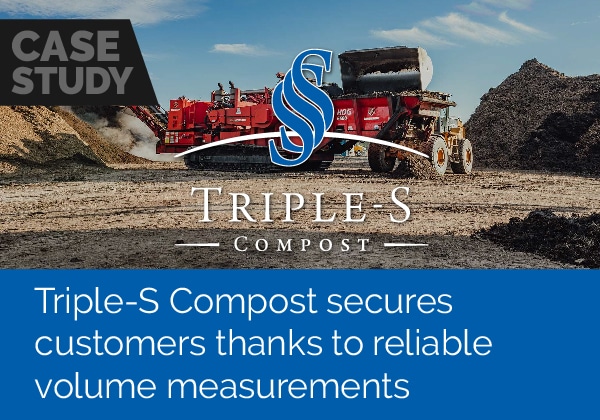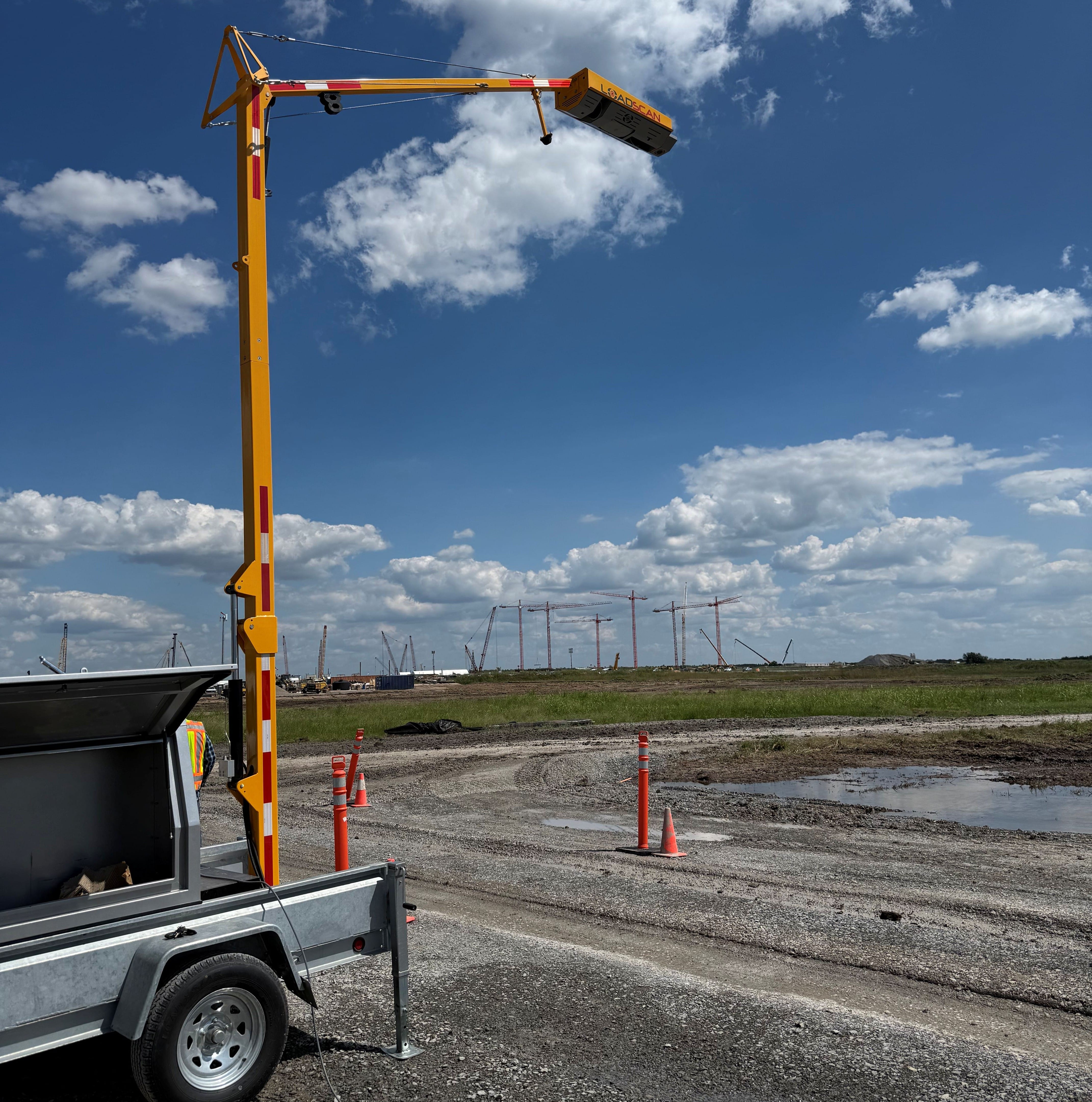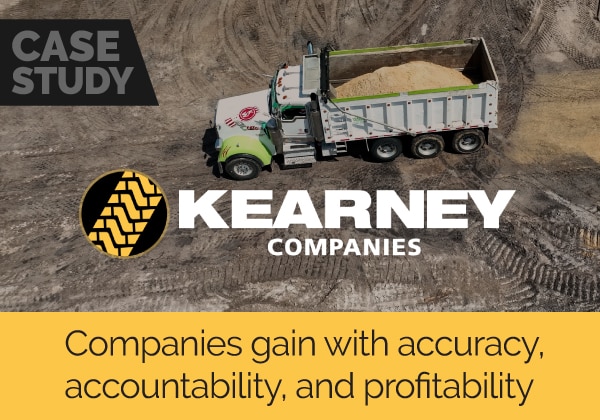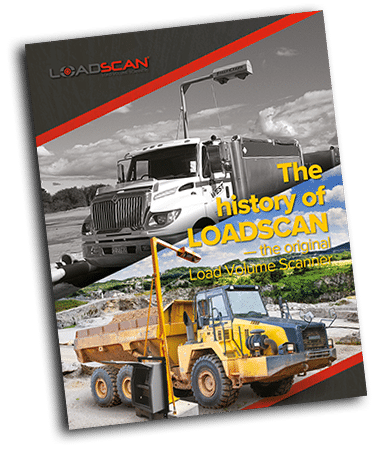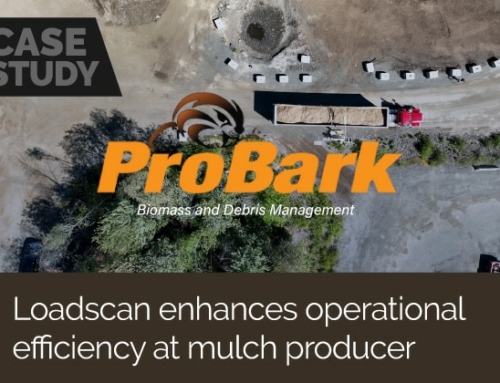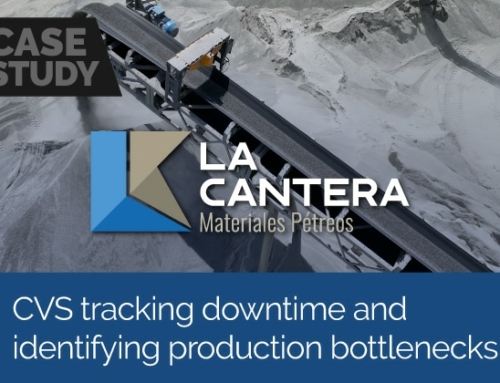How Loadscan takes the guesswork out of tricky materials When dealing with materials [...]
How Loadscan takes the guesswork out of tricky materials
When dealing with materials such as organics, soil, or wet fill, there are significant challenge when it comes to handling and accurate measurement. Because these materials are unpredictable and carry moisture, it can play havoc with traditional weighing or estimation methods. The result? Inconsistent load data, arguments over invoices, and inefficiencies that erode both time and profit.
That’s where Loadscan’s Load Volume Scanner (LVS) and Conveyor Volume Scanner (CVS) give operators and site managers total visibility over every cubic metre moved with accurate and consistent measurements, no matter how tricky the material.
The problem with difficult materials
A truckload of damp mulch can weigh significantly more than the same volume when dry. Likewise, wet fill is going to weigh more than a similarly-sized amount of much drier material, highlighting that density of these products is far from consistent. Traditional systems, such as weighbridges or on-board scales, can’t account for these fluctuations in moisture or compaction, rendering bucket-counts during loading or ‘by-eye’ estimations no more than an educated guess. This ‘close enough is good enough’ estimation can create issues further down the track such as disputes between suppliers and customers, mismatched invoices, and inefficiencies in load management. With reliable, volumetric data, many of those issues, such as accurate invoicing or true material monitoring across a site, become considerably easier and more transparent.
Volume scanning: solving the problem
Loadscan’s LVS and CVS systems take the guesswork out by focusing on volume, not weight. Using advanced LiDAR laser scanning, the LVS accurately measures the
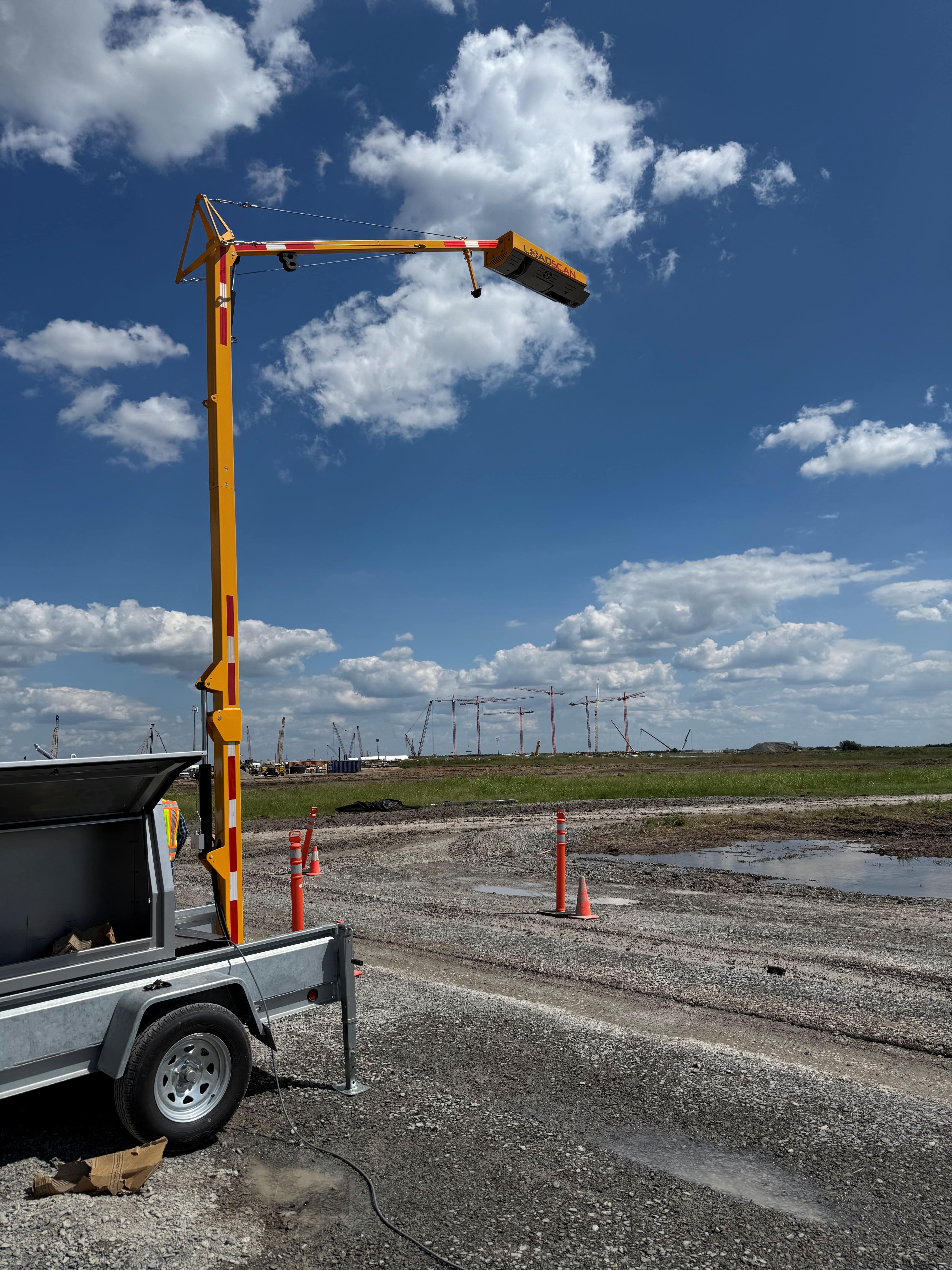
true volume of each load as it passes beneath the scanner, without being affected by the shape or size of the load, or the moisture level in the product.
For continuous flow operations, such as mulch processing or soil screening, the Conveyor Volume Scanner (CVS) measures product throughput on a conveyor belt. By delivering accurate, continuous volume data, operators can monitor production, adjust feed rates, set batching and track output in real-time.
By capturing actual volume rather than relying on variable weight-based figures, both systems provide a transparent, auditable record of material movement that’s unaffected by moisture content or material density.
Smarter operations and accurate invoicing
With Loadscan, every load is measured, logged, and stored, ready for reporting or invoicing. Contractors can prove exactly how much material was delivered or removed, reducing disputes and providing transparency to customers. Additionally, operators can gain valuable information on material movement efficiency, cycle times, and production rates.
Whether it’s measuring compost in a recycling facility, tracking wet fill on a construction site, or managing soil removal during earthworks, Loadscan’s volume scanners ensure accountability and accuracy from loading through to invoicing.
By using Loadscan’s LVS and CVS, operators are provided with the certainty needed to manage complex, variable materials and the data that drives better business.

